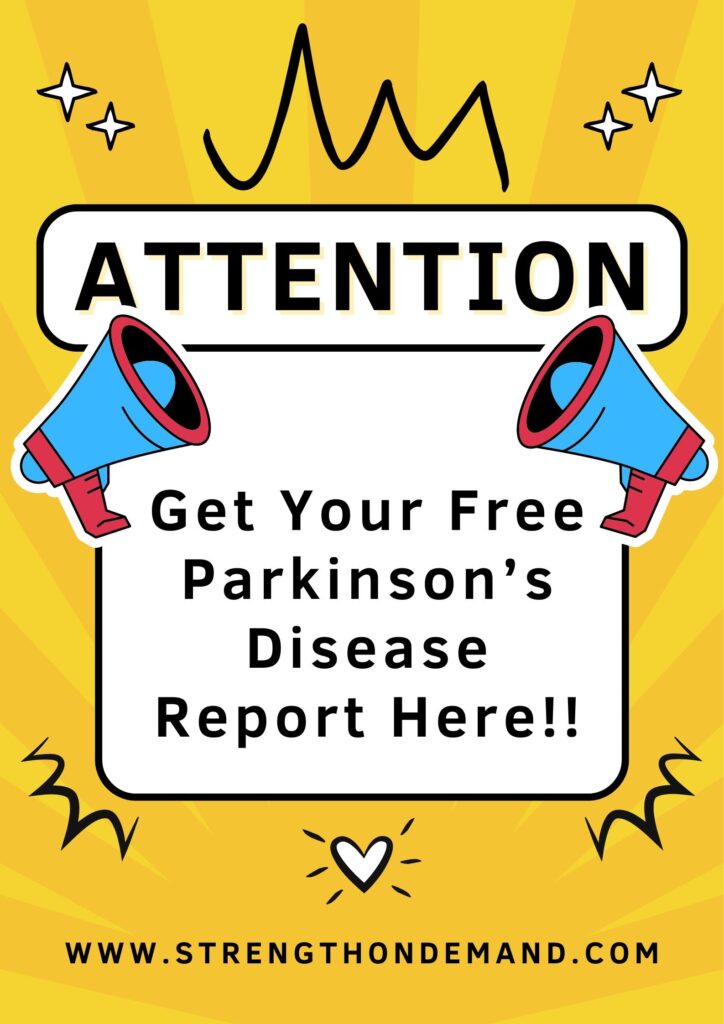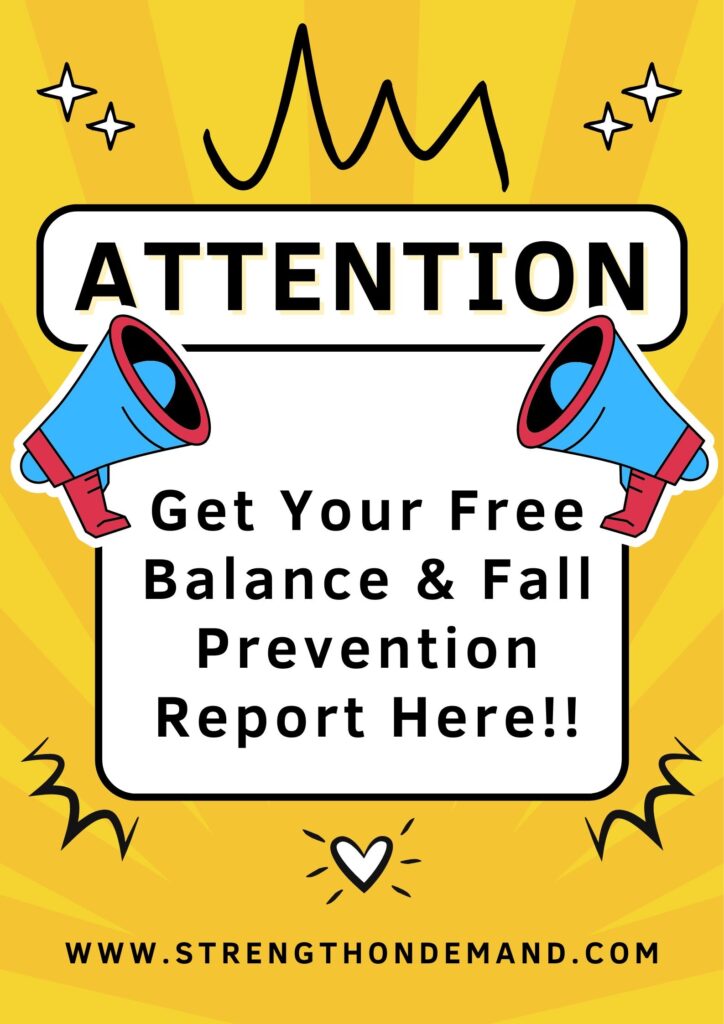Hey there! Ever wondered what’s going on when your body decides to throw a little party without inviting your conscious mind? Well, buckle up, because we’re about to dive into the wacky world of abnormal vital signs. It’s like your body’s dashboard, but instead of oil pressure and fuel levels, we’re talking about things that keep you from becoming a very unfunny zombie.
Let’s start with the heart, that overachieving muscle that never takes a day off. When it decides to go all Usain Bolt on you (tachycardia), you might feel like you’ve just chugged ten espressos and chased them with a Red Bull. Your chest might do the cha-cha, and you could get so dizzy you’d swear the room is doing the Macarena. On the flip side, if your heart decides to channel its inner sloth (bradycardia), you might feel about as energetic as a koala on Nyquil. Fainting becomes your new party trick, though your friends might not appreciate it as much as you’d hope. Heart rate is how many times your heart beats in a minute. For most adults, a normal resting heart rate is between 60 and 100 beats per minute (bpm). People, who are very fit, like athletes, can have a lower heart rate, sometimes as low as 40 to 60 bpm. This can be dangerous especially if you feel faint, tired or dizzy. If your heart rate is always over 100 bpm when you’re resting, it’s called tachycardia and might need a doctor’s check, especially if you feel dizzy, short of breath or have chest pain.
Next up, we’ve got blood pressure – the force your blood exerts while trying to escape your body (just kidding, it’s supposed to stay inside). When it is high (hypertension), it’s like your blood vessels are hosting a mosh pit. You might get headaches that make you wonder if tiny construction workers are jackhammering inside your skull. Low blood pressure (hypotension), on the other hand, is like your blood decided to take a leisurely stroll instead of its usual sprint. You might find yourself hugging the floor more often than you’d like, as fainting becomes your new hobby. Blood pressure is given as two numbers, like 120/80. The first number is the pressure when your heart beats (systolic), and the second number is the pressure when your heart rests between beats (diastolic). Normal blood pressure is less than 120/80 mmHg. If your blood pressure is usually 130/80 mmHg or higher, it’s considered high, which can lead to heart problems. If it’s usually below 90/60 mmHg, that’s low blood pressure, which can make you feel dizzy or faint.
Now, let’s talk about breathing. When you’re breathing faster than an auctioneer on speed (tachypnea), you might feel like you’ve just run a marathon while being chased by a bear. Conversely, if you’re breathing slower than a stoned snail (bradypnea), you might find yourself wondering if you’ve accidentally transformed into a dolphin, holding your breath for what seems like eternity. For adults, a normal rate is 12 to 20 breaths per minute. If you breathe more than 20 times a minute when you’re resting (tachypnea), or fewer than 12 times (bradypnea), it could mean you have a health issue that needs checking.
Temperature is another fun one. When you’ve got a fever, it’s like your body decided to turn into a human furnace. You’ll be sweating more than a politician during a lie detector test, and your muscles will ache like you’ve just attempted to become a contortionist. If your temperature drops too low (hypothermia), you’ll be shaking like a Chihuahua in a snowstorm and talking like you’ve had one too many at the local pub. The average normal temperature is about 98.6°F (37°C), but it can be between 97°F (36.1°C) and 99°F (37.2°C) depending on things like your age, what you’ve been doing, and the time of day. If your temperature goes above 100.4°F (38°C), you might have a fever, which could mean you’re sick. If it drops below 95°F (35°C), it could be hypothermia, which is serious and usually caused by being very cold for too long. If your temperature is over 100.4°F (38°C) and doesn’t go down with rest and fluids, or if it’s accompanied by other symptoms like severe headache, rash, stiff neck, or confusion, contact a doctor.
Last but not least, we’ve got oxygen saturation. When this drops, it’s like your body is trying to audition for the Blue Man Group. Your lips and skin might turn a lovely shade of smurf, and you’ll be gasping for air like a fish that’s accidentally flopped onto land.
So, what’s the moral of this story? Well, your body is like a really complex, sometimes drunk GPS. When the signals get mixed up, you might end up feeling like you’re on a roller coaster you definitely didn’t sign up for. If your internal dashboard starts flashing more warning lights than a Christmas tree, it might be time to call in the experts (aka doctors) to help decrypt what your body is trying to tell you.
Remember, folks, a little self-awareness goes a long way. Keep an eye on your body’s quirks, and don’t be afraid to ask for help when your internal systems seem to be throwing a rager without your permission. Stay healthy, stay informed, and may your vital signs always be boring enough to put a statistician to sleep!









